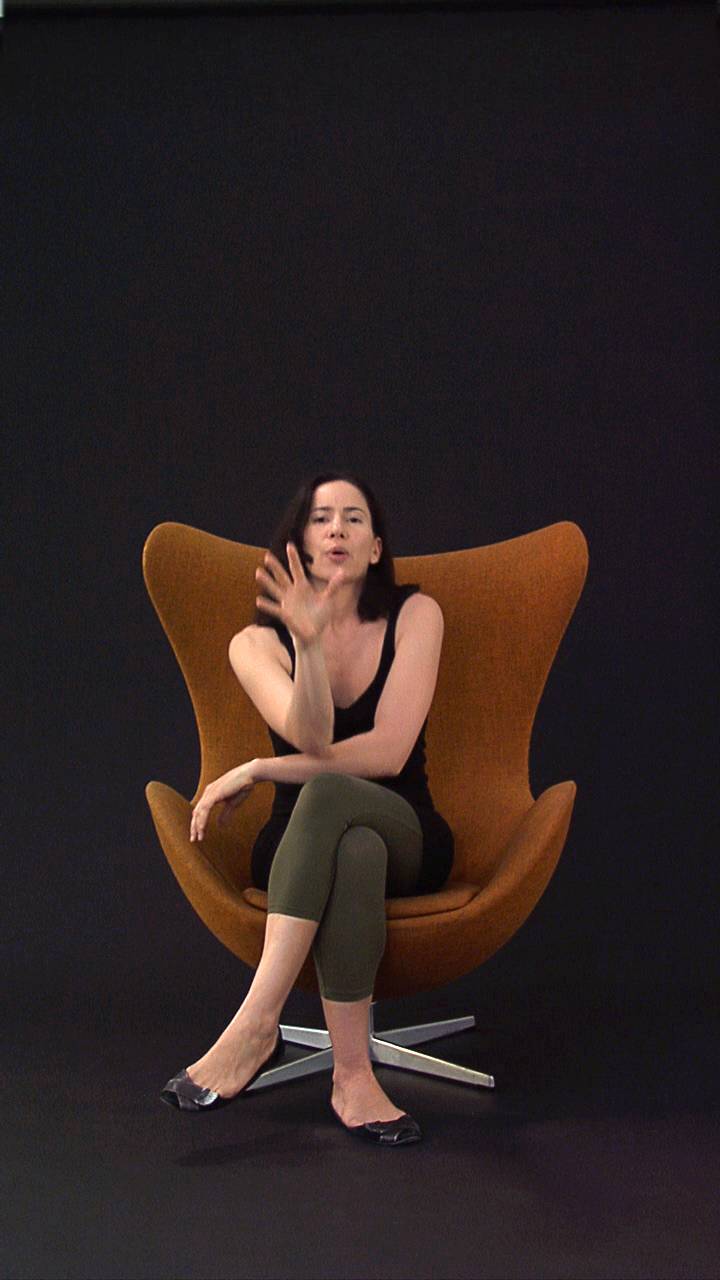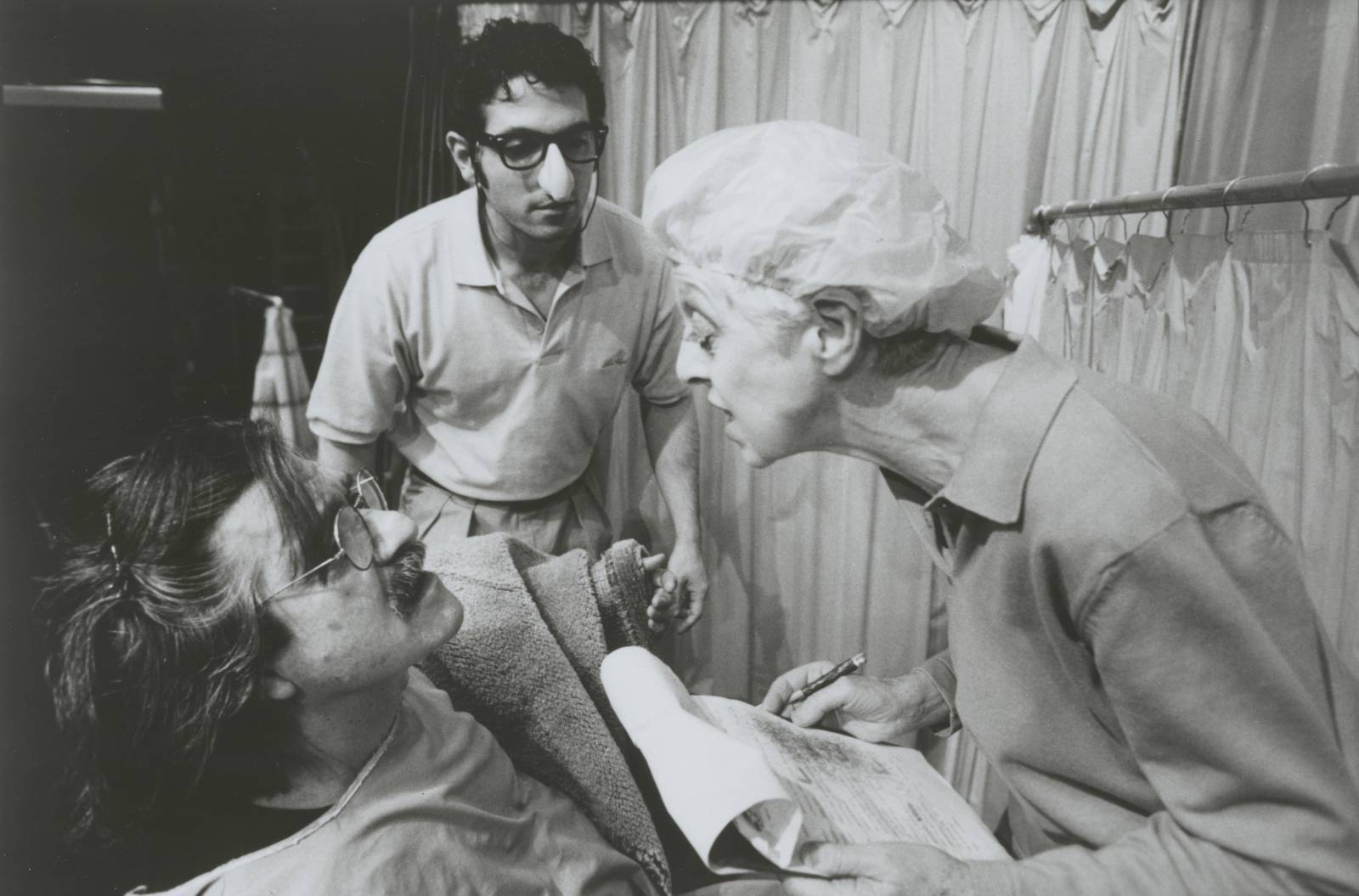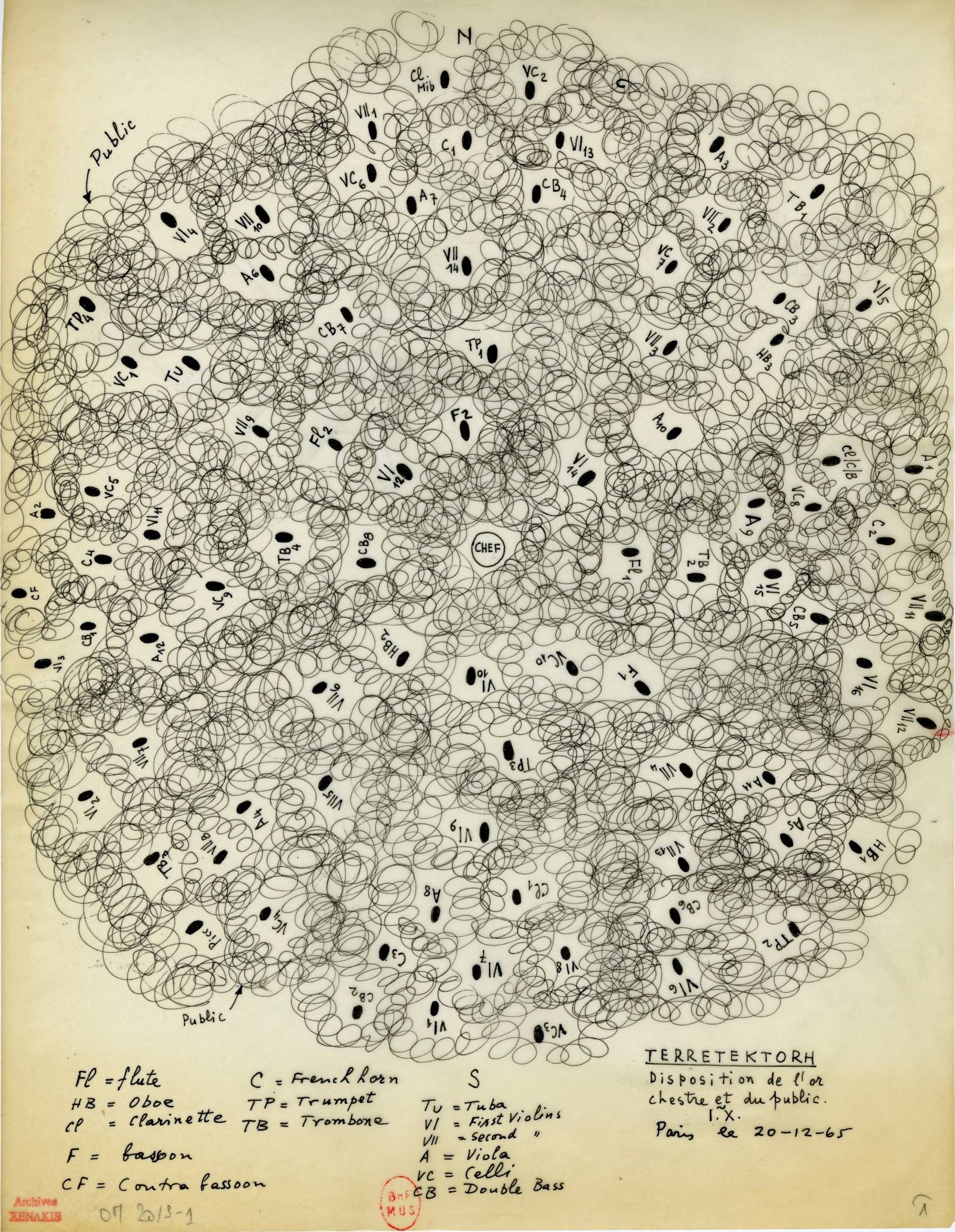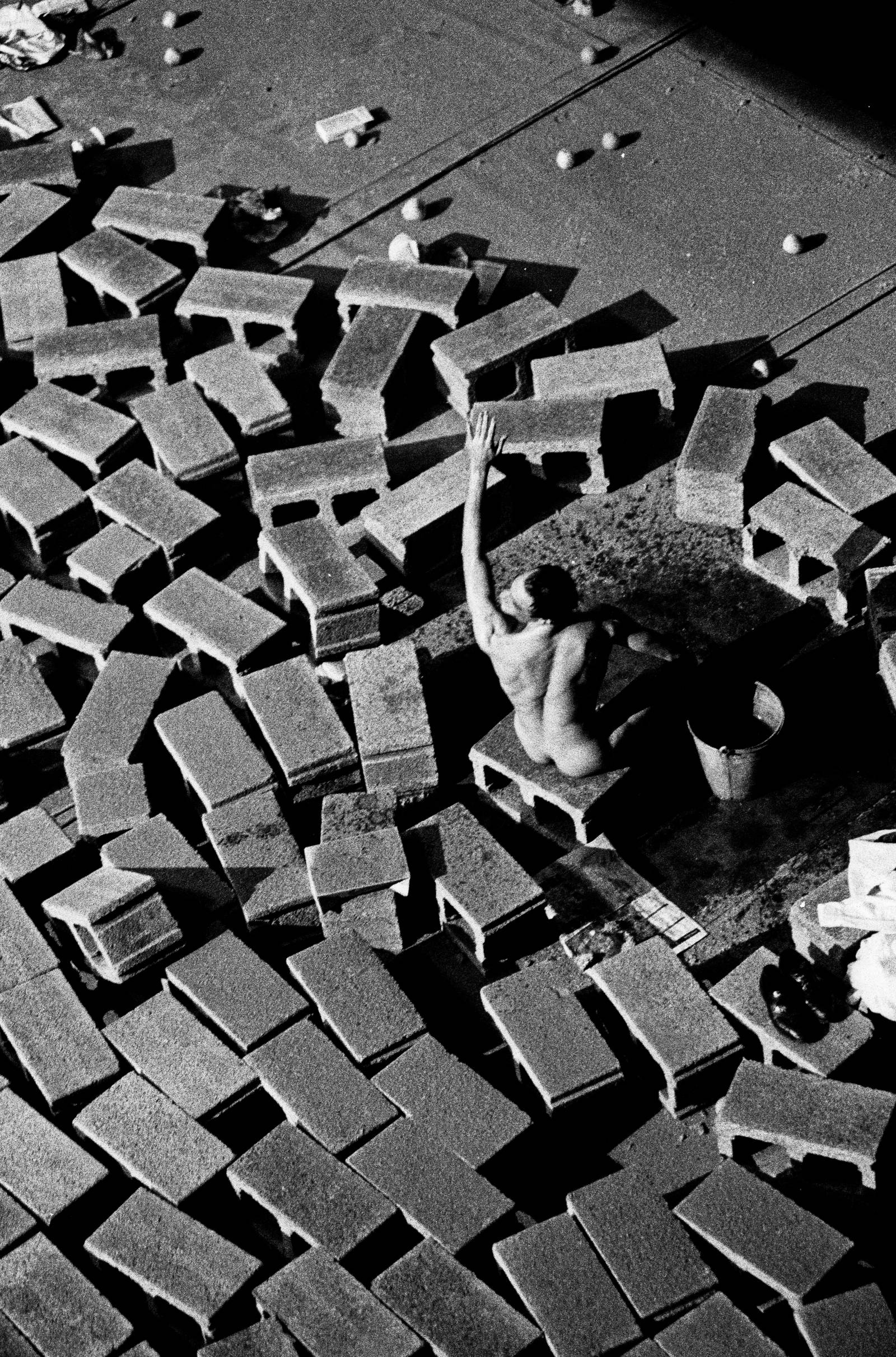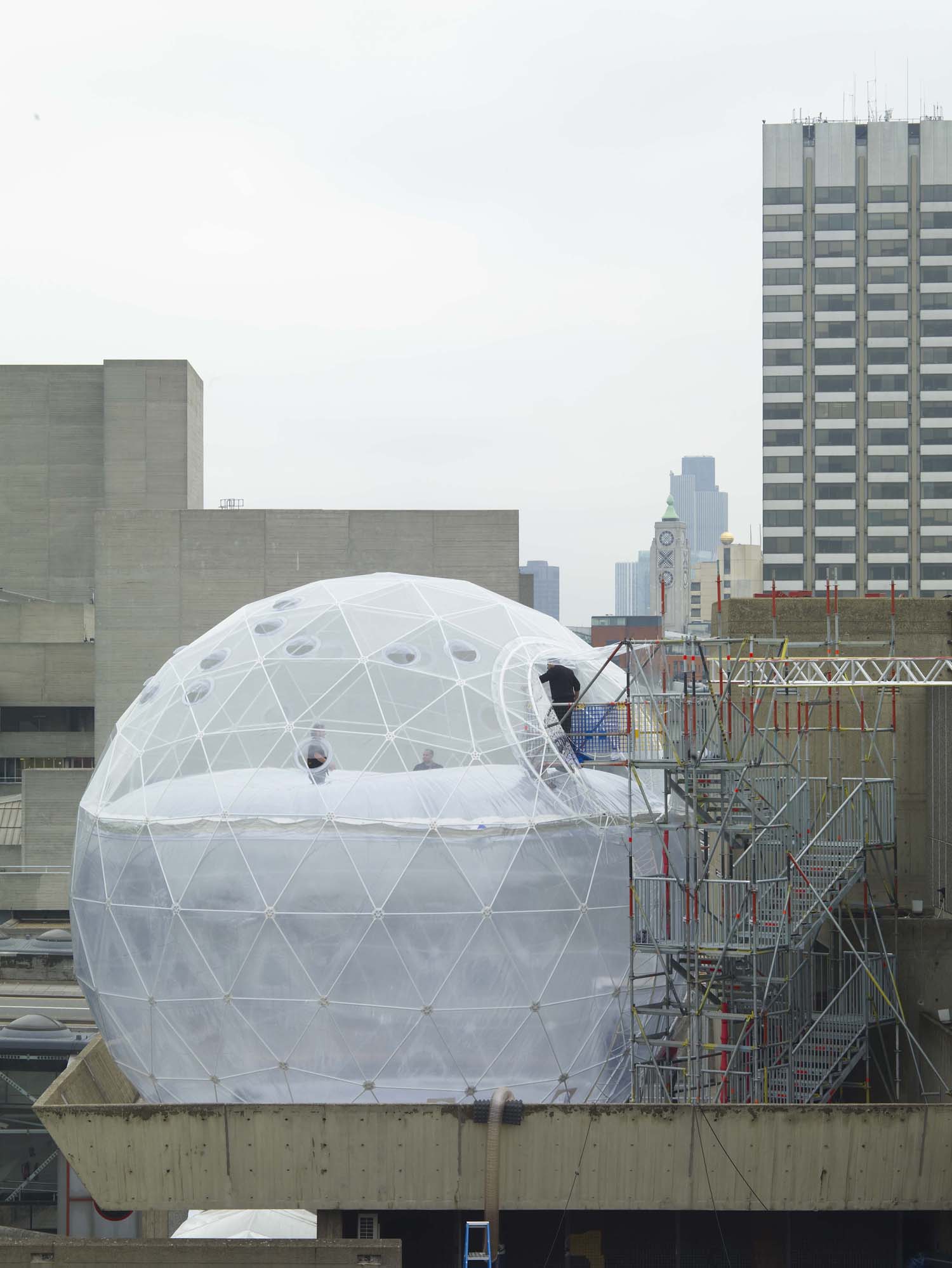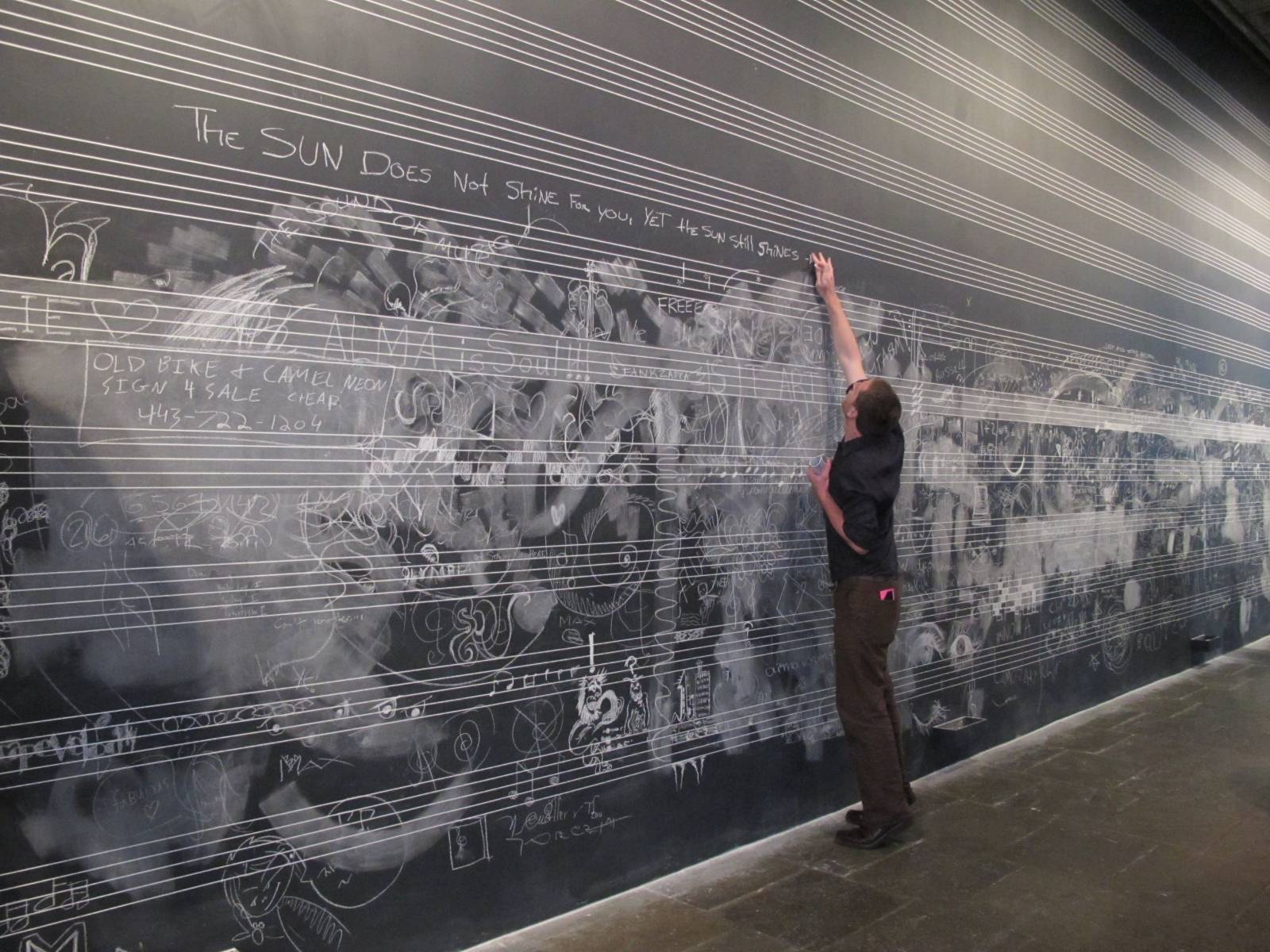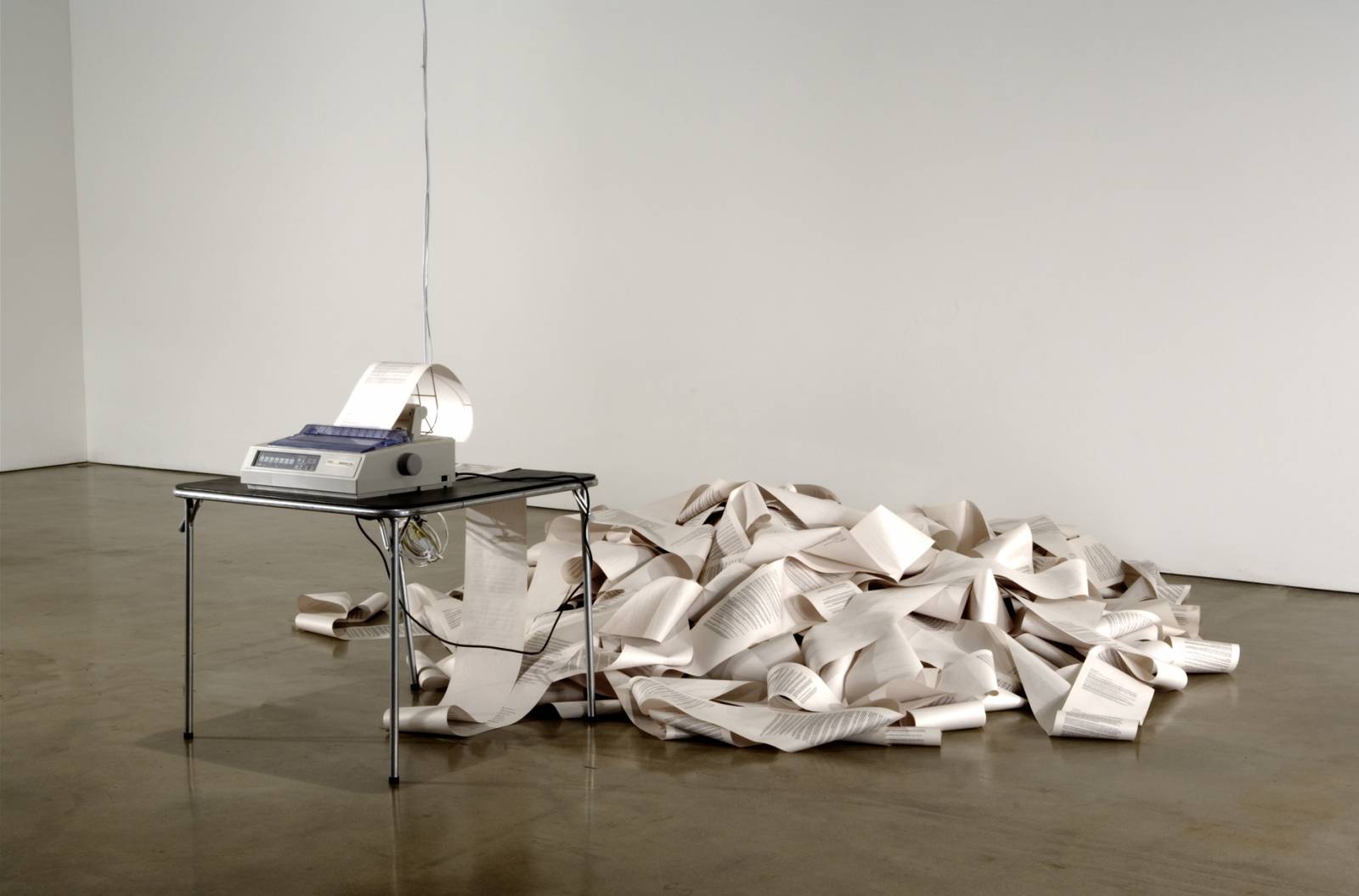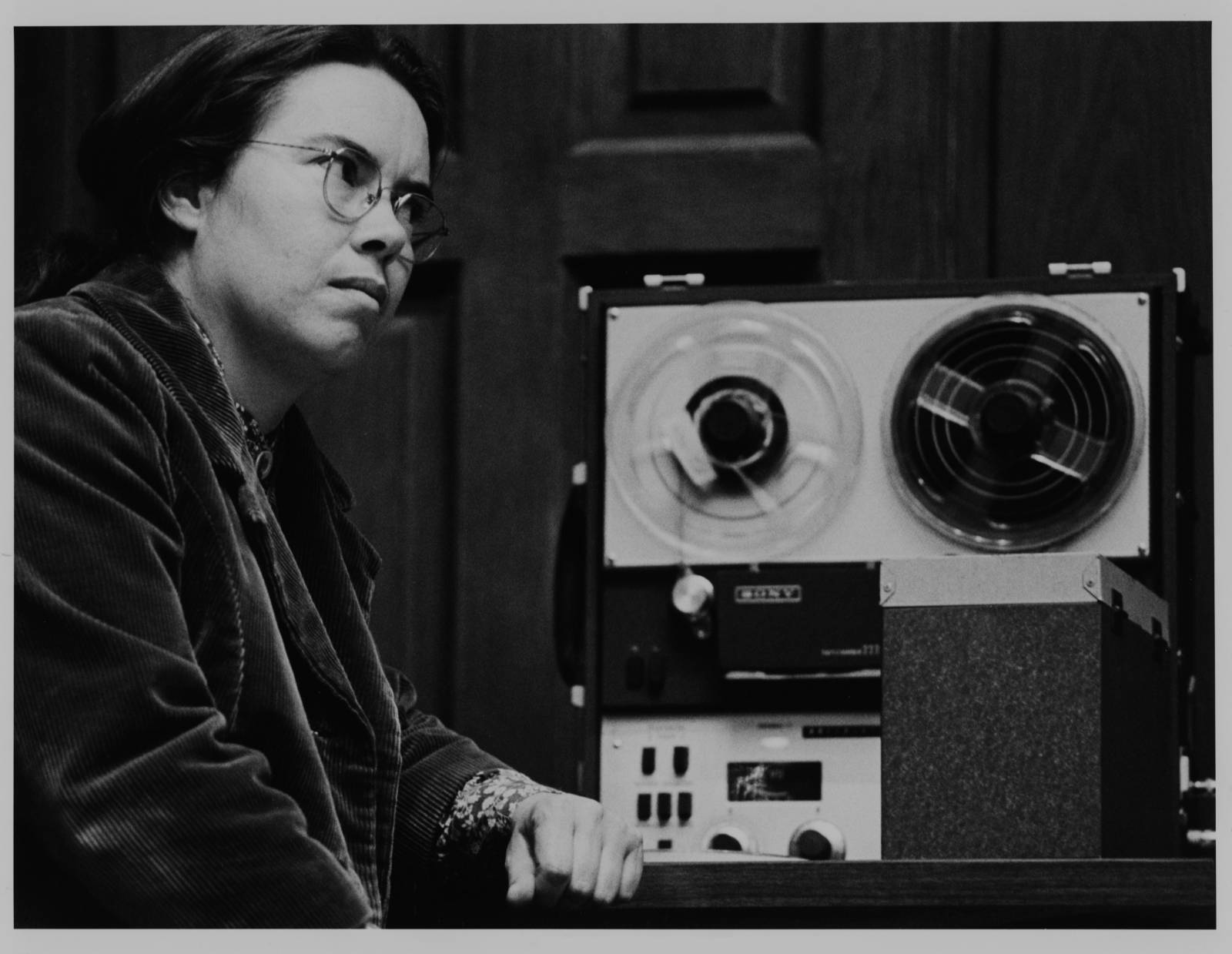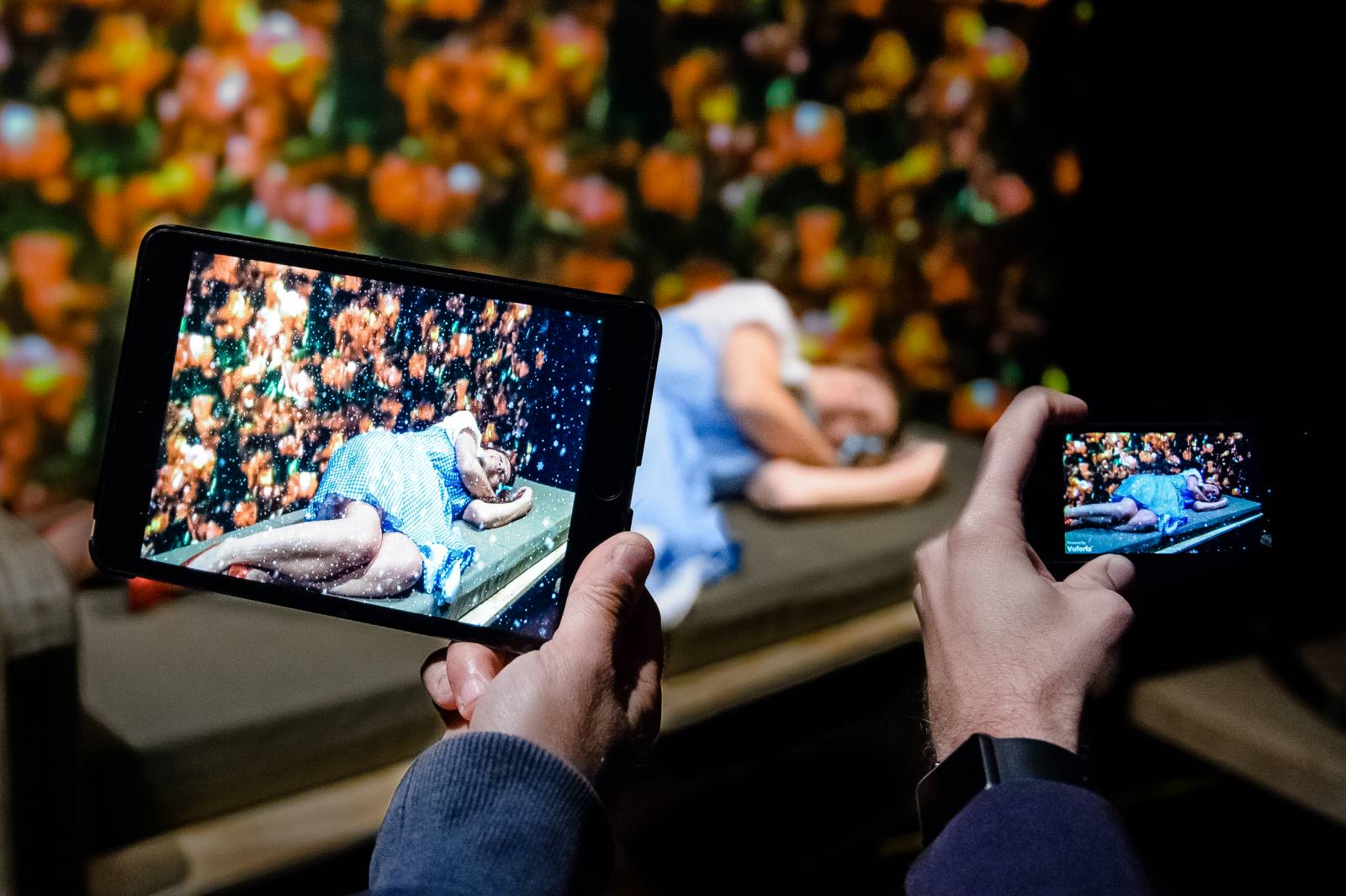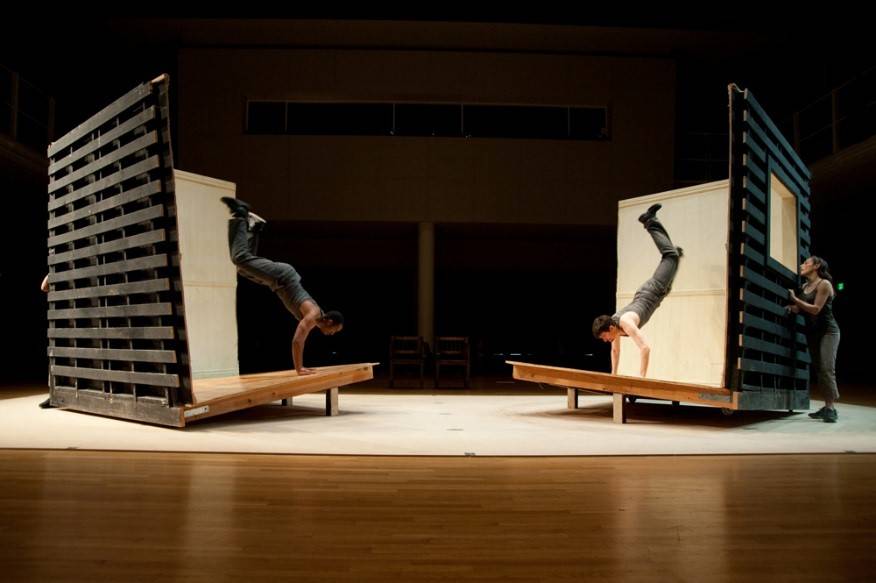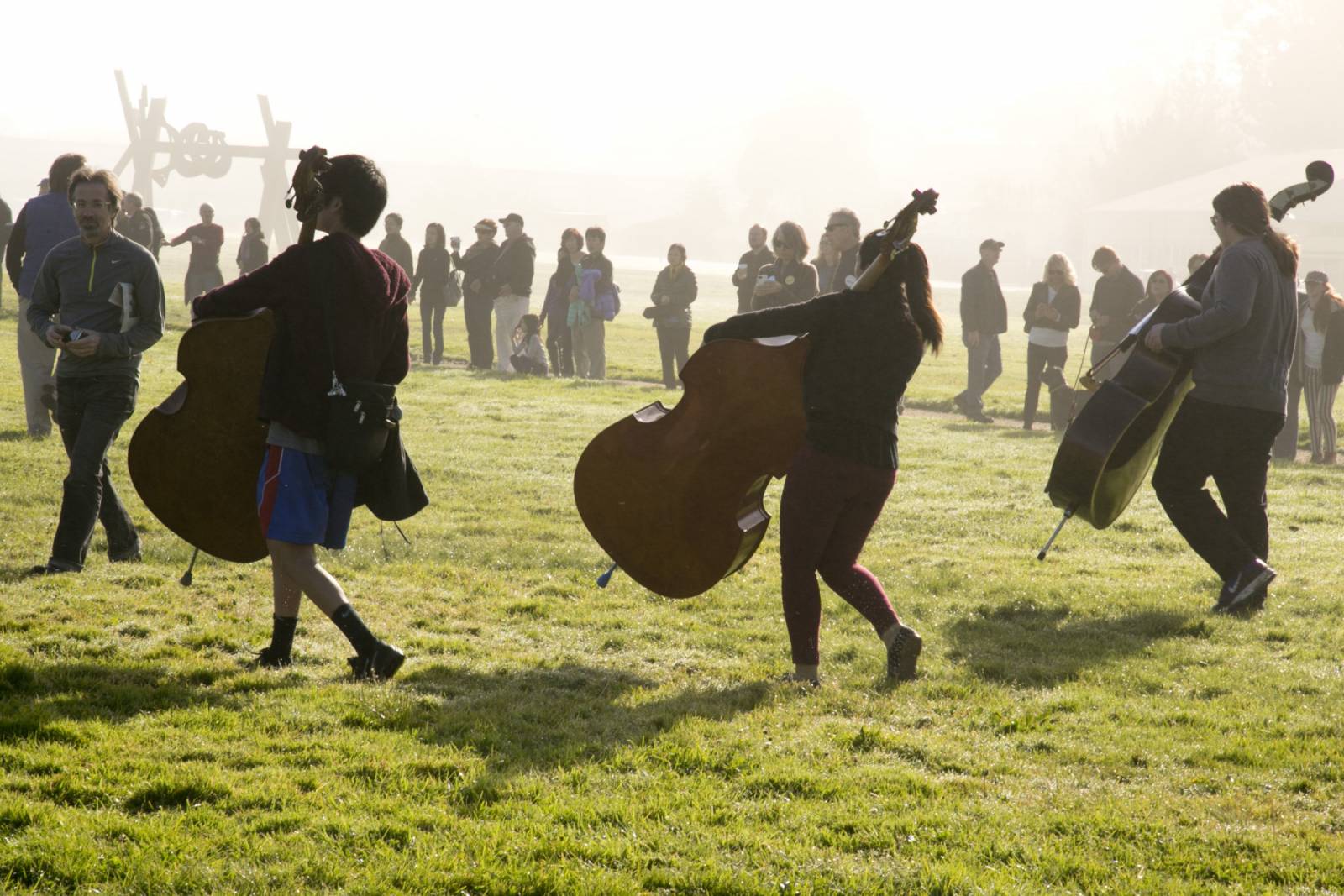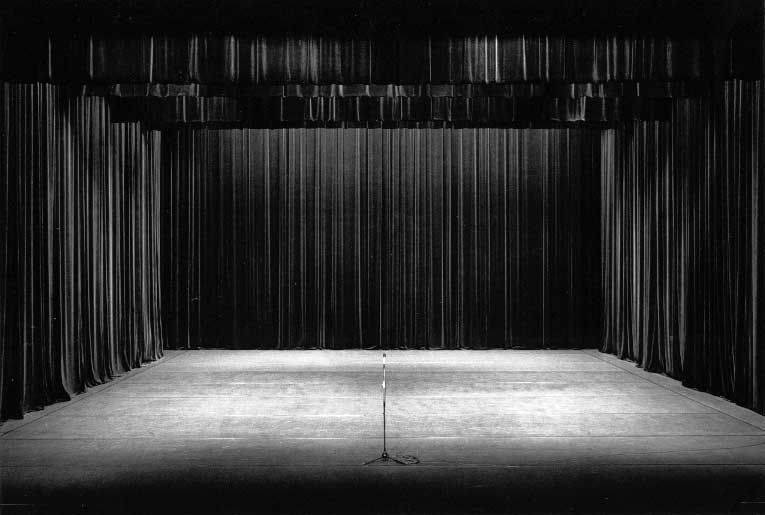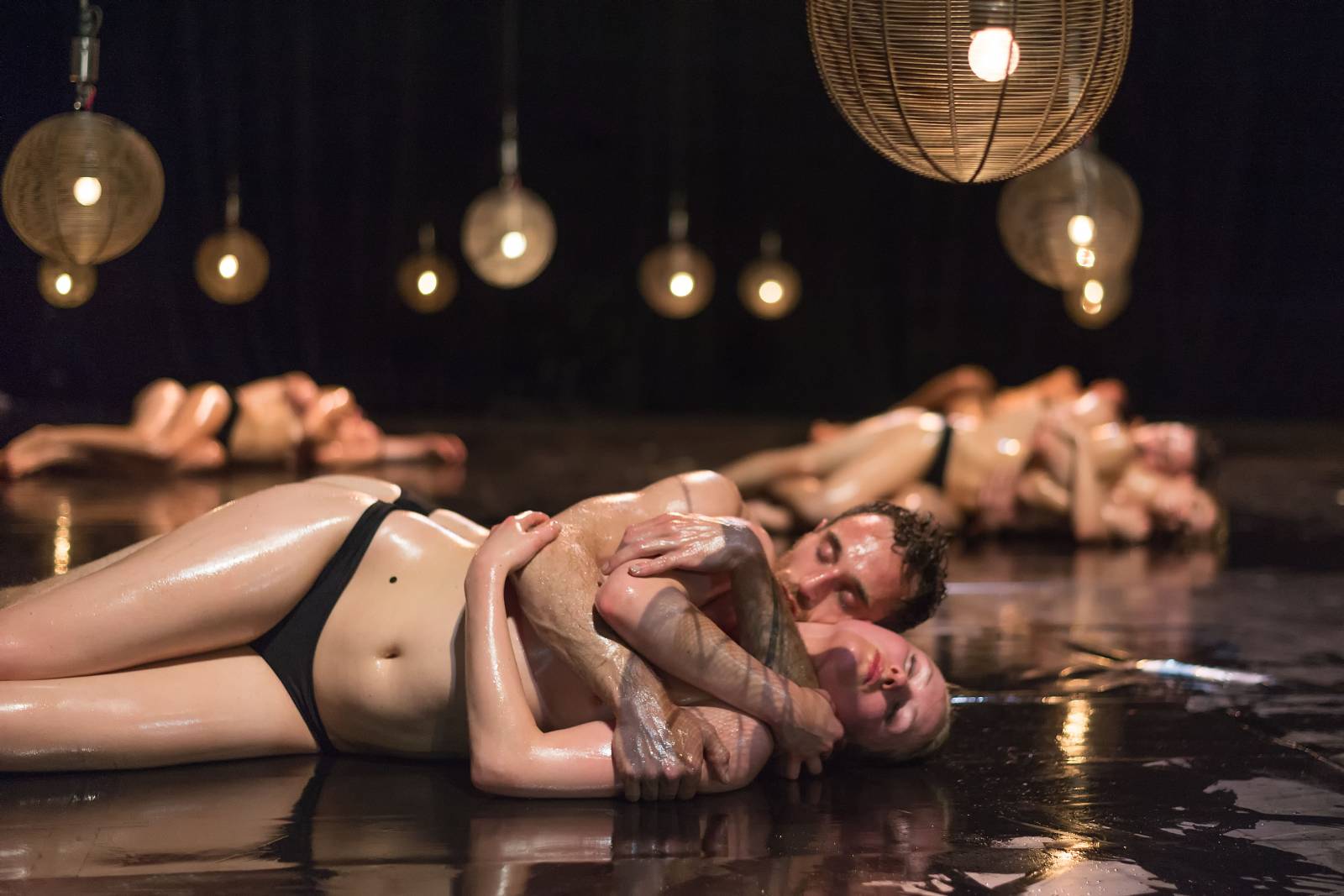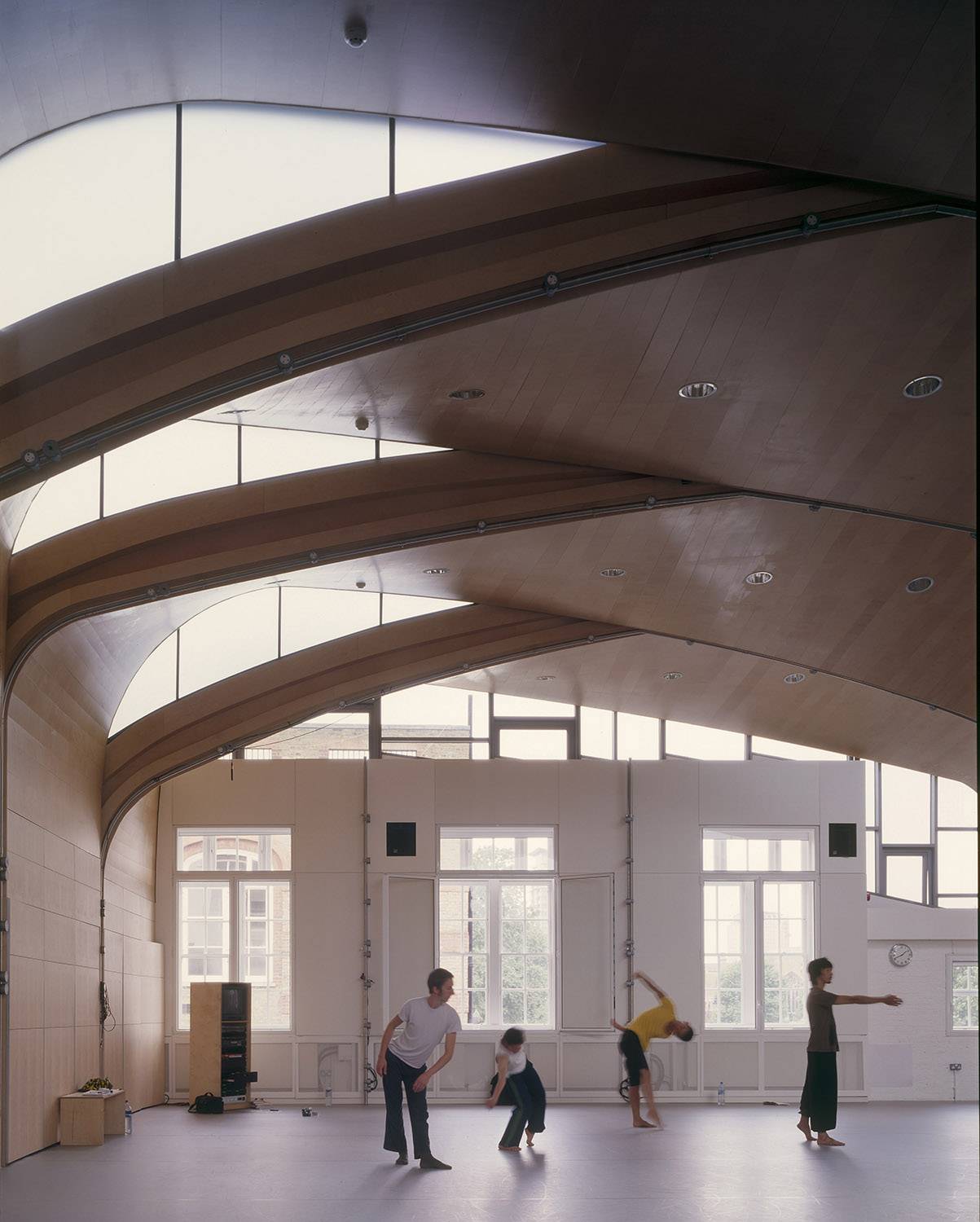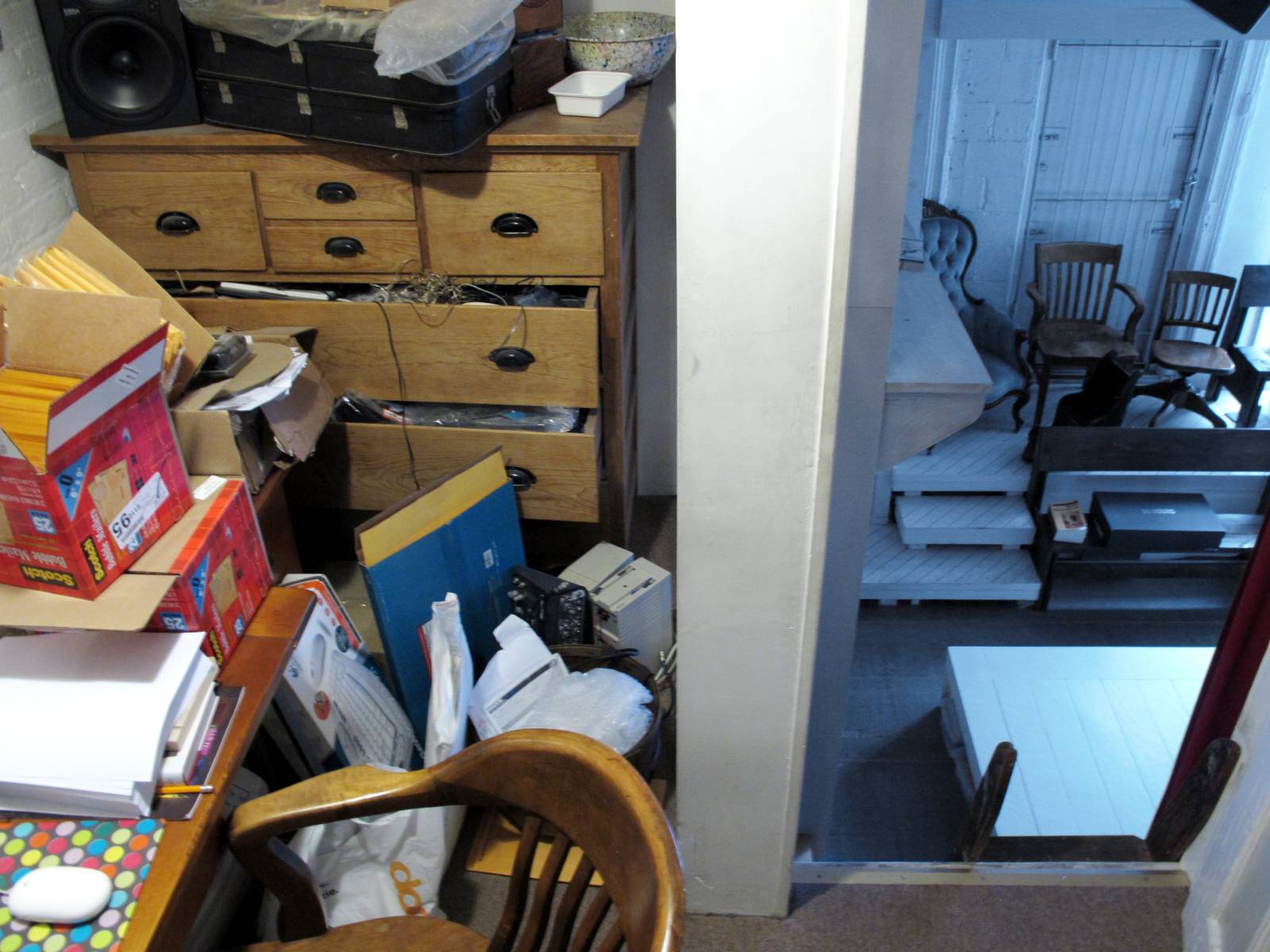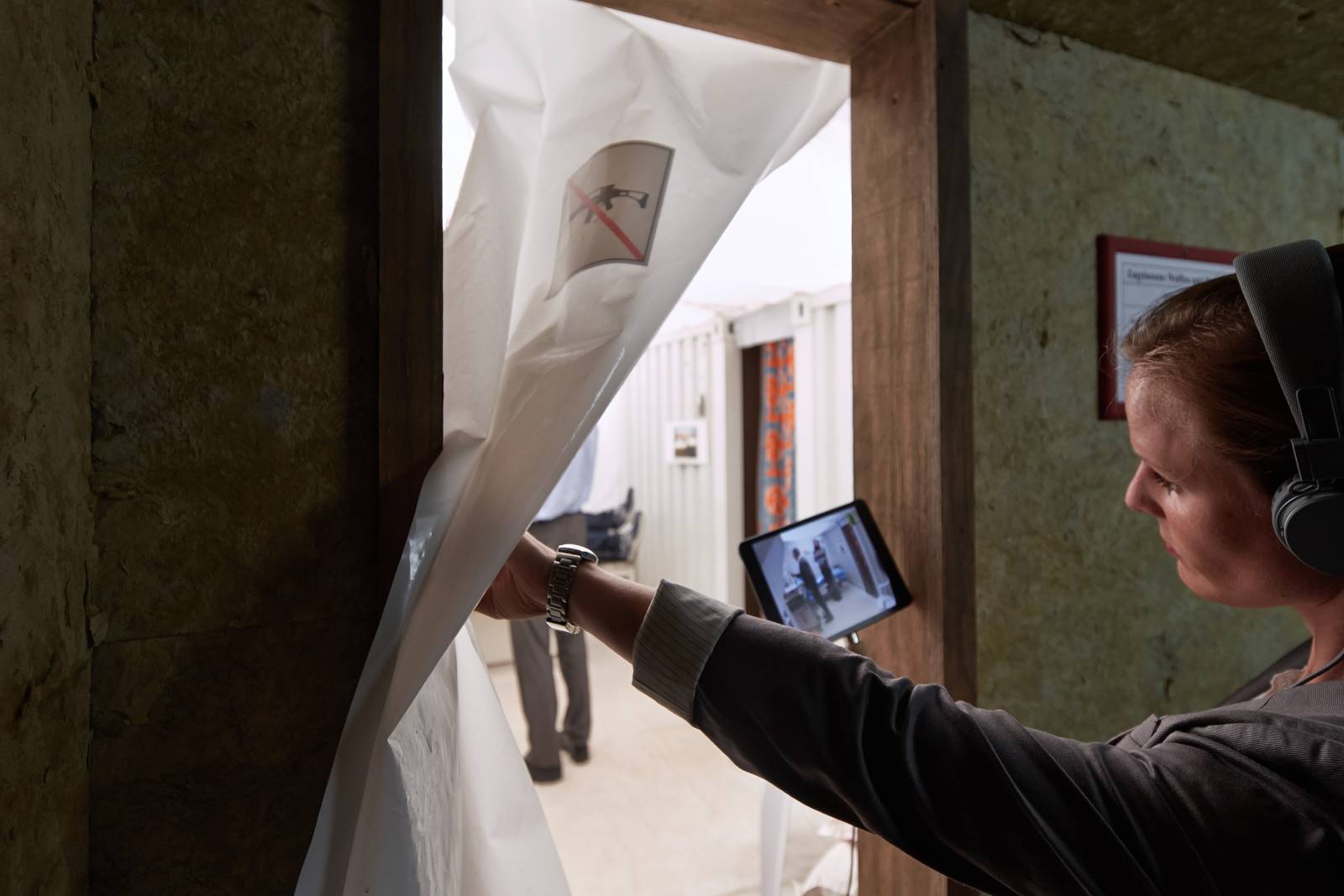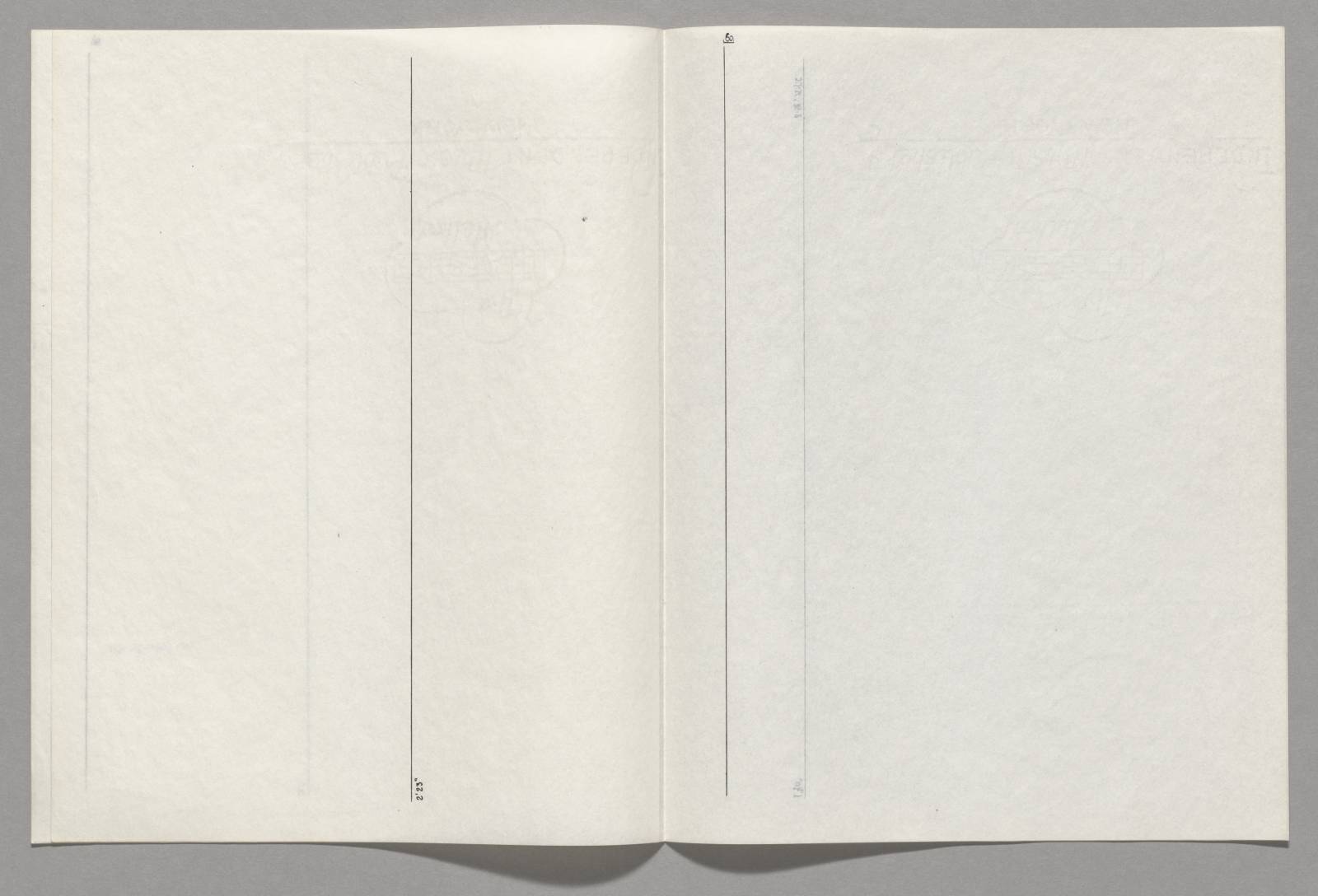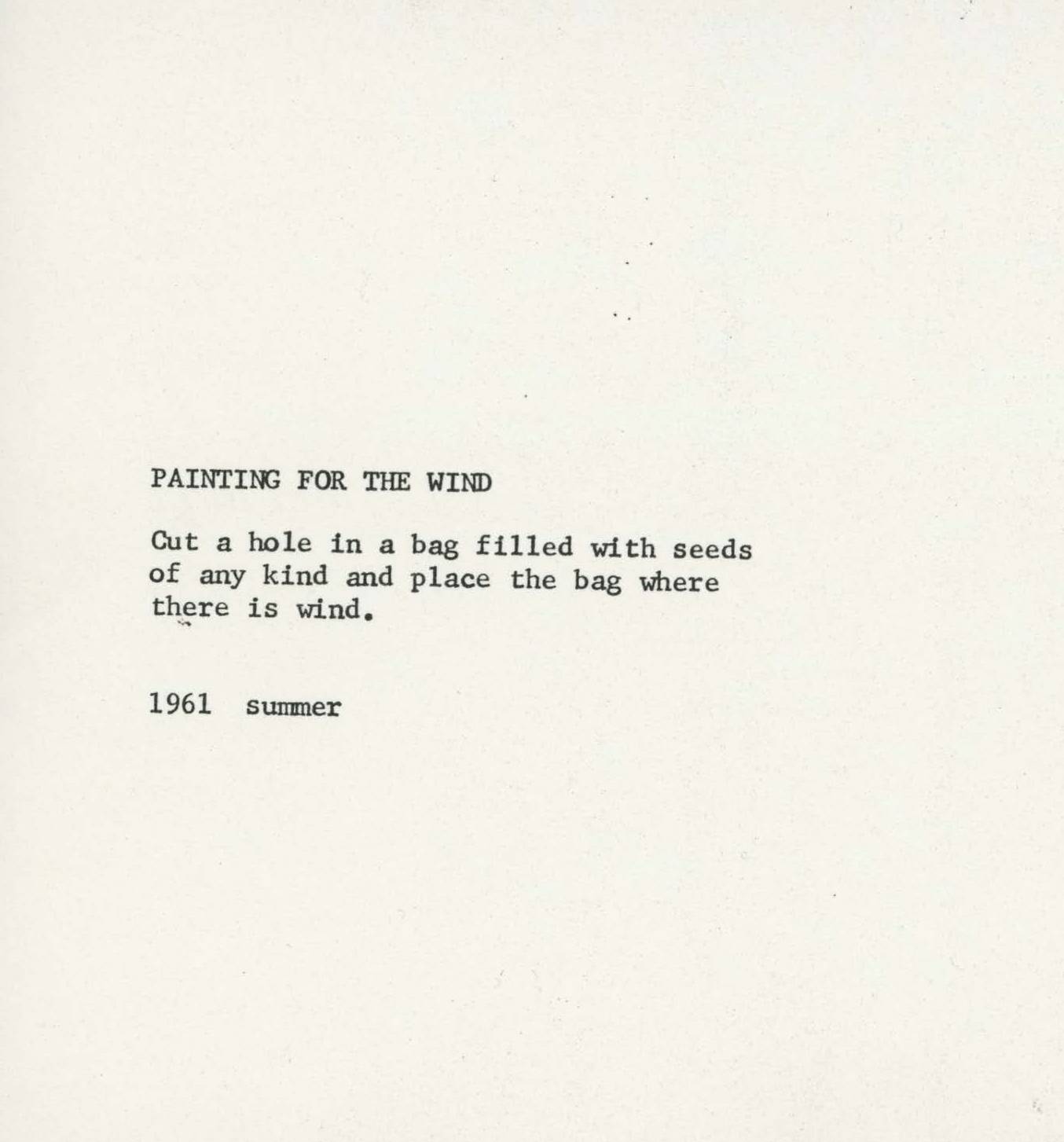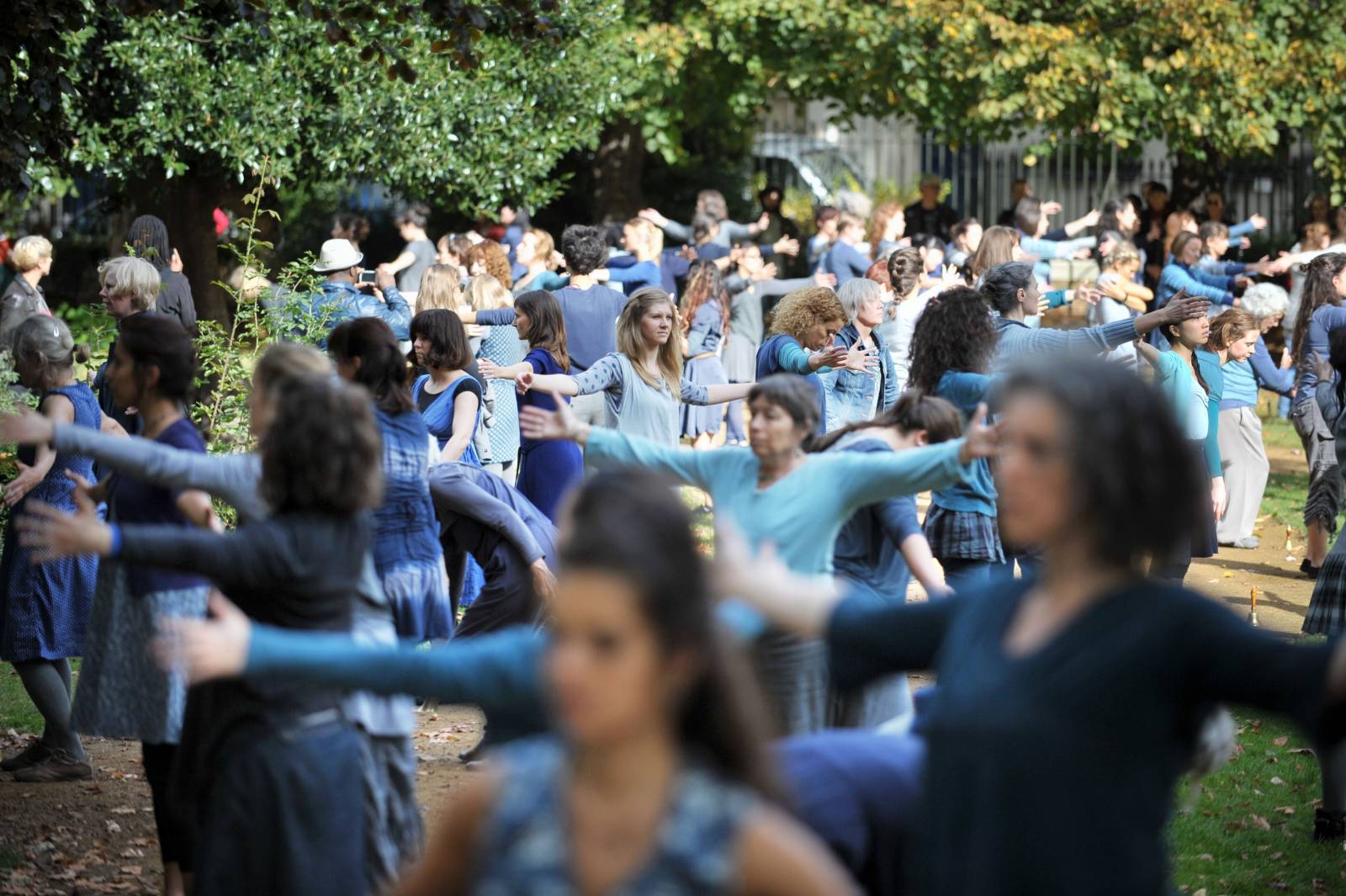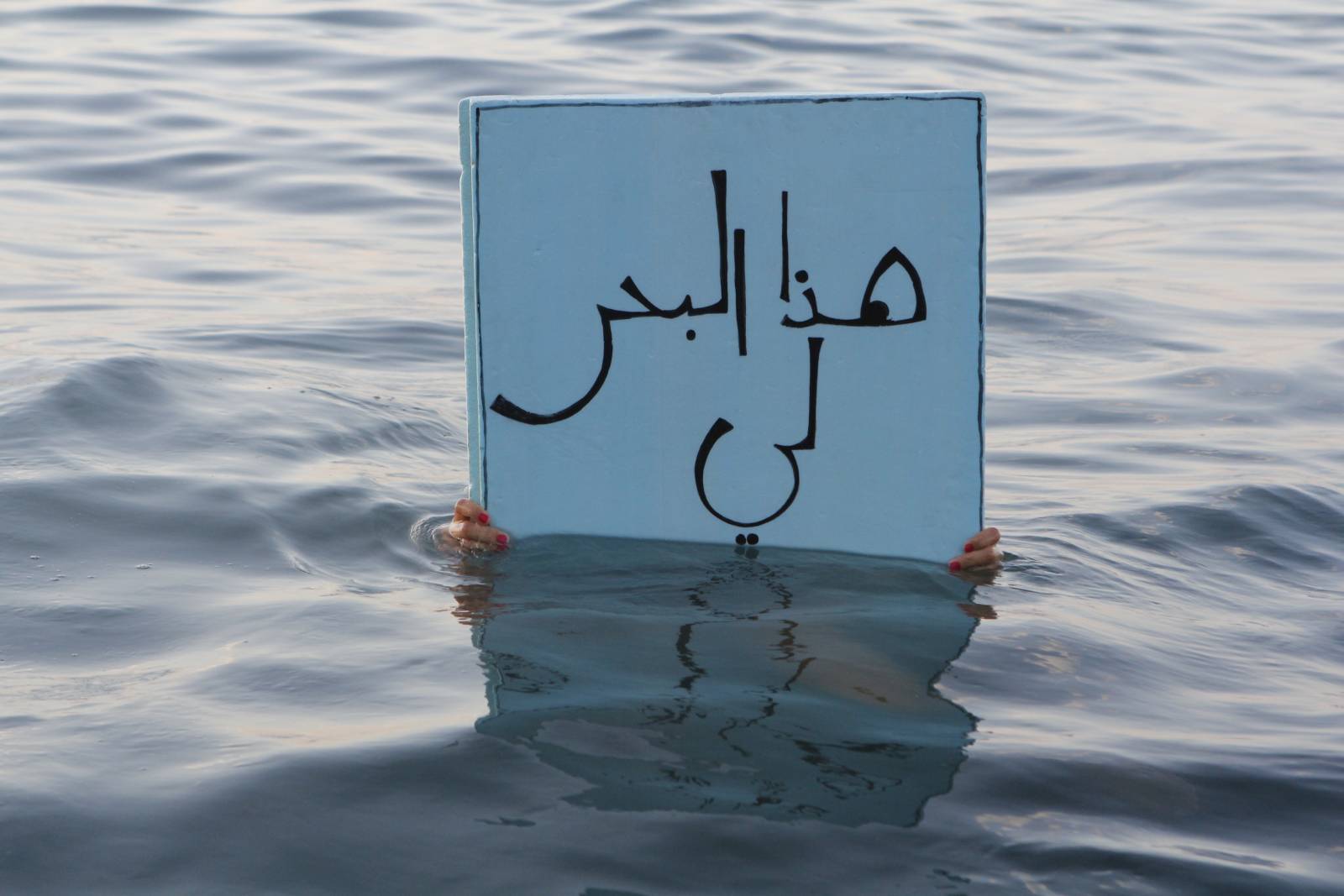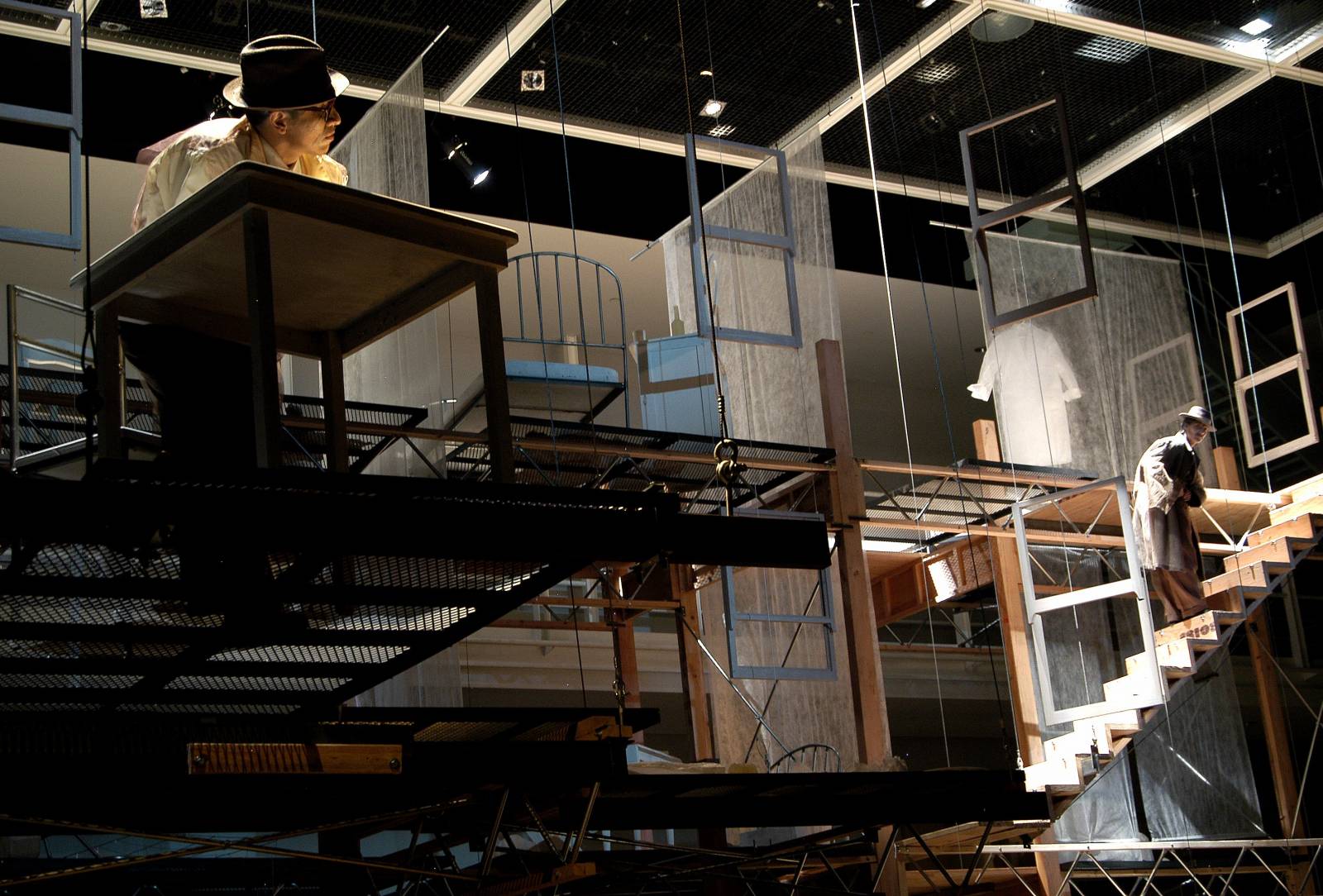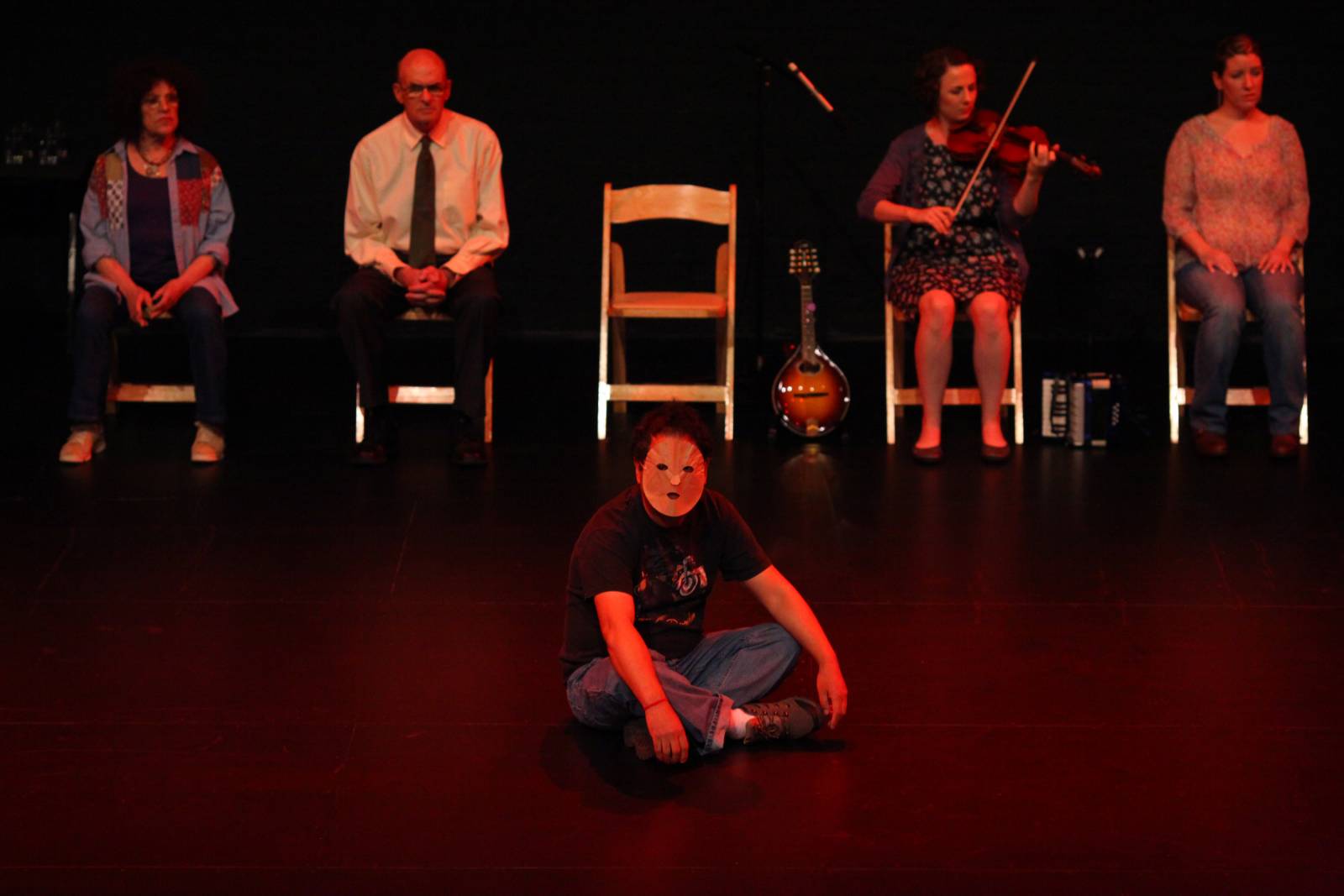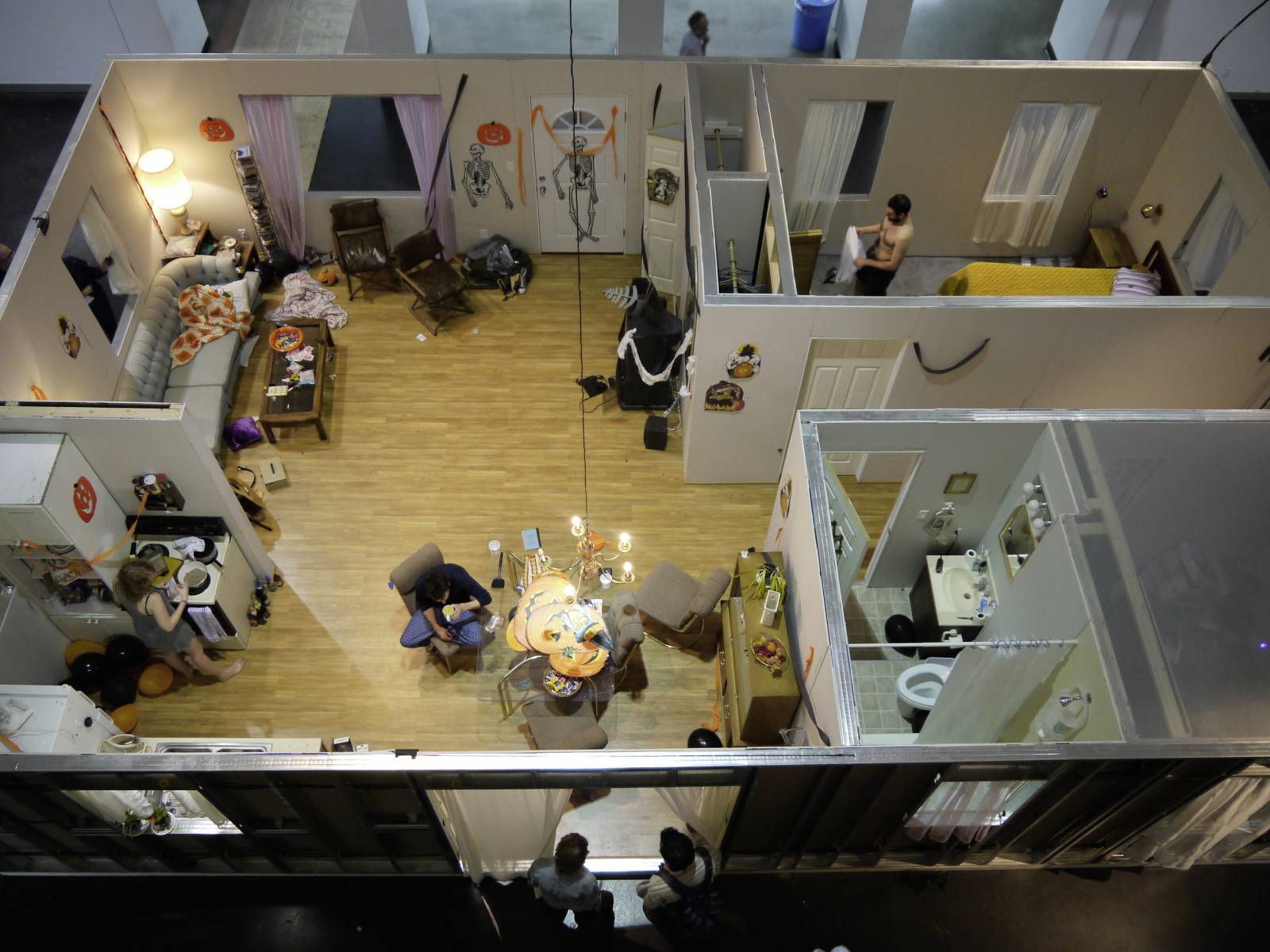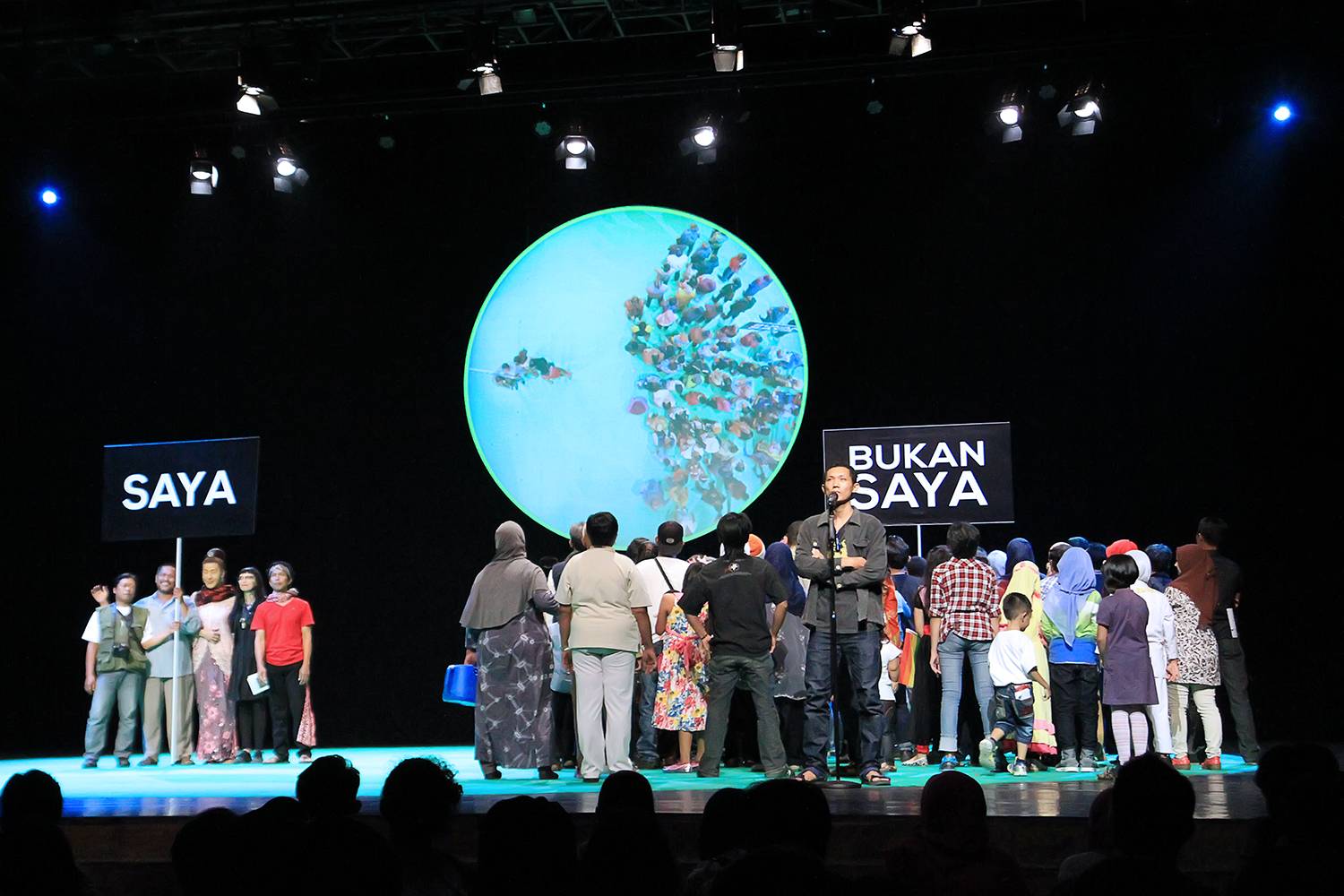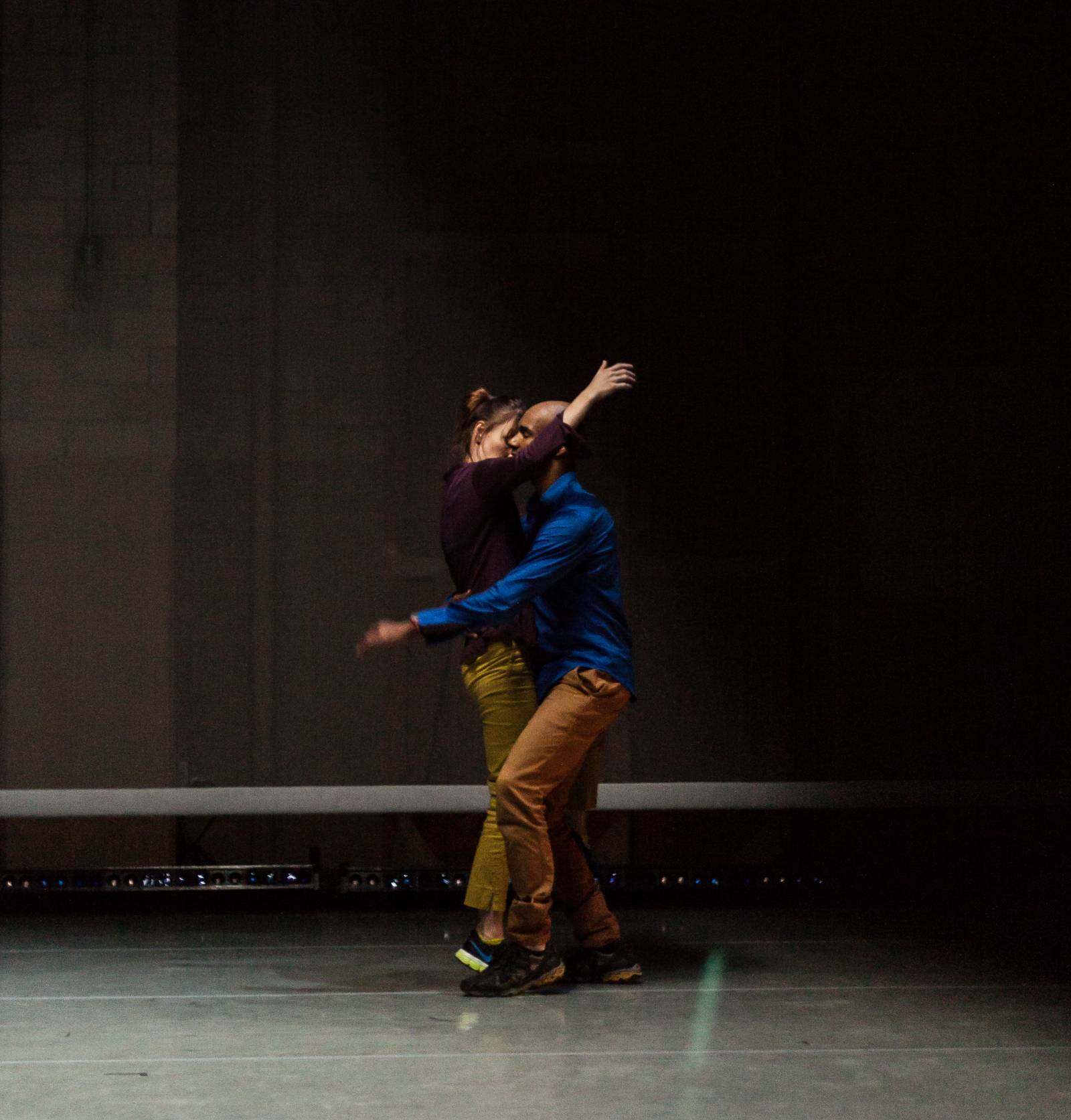Janine Antoni
Janine Antoni, an artist who combines performance and sculpture, invited Stephen Petronio and Anna Halprin to collaborate on her 2015–16 artist-in-residence exhibition at the Fabric Workshop and Museum, Philadelphia.
Following Joseph Beuys’s logic that we are all artists, I would like to suggest that we are all choreographers. We are constantly adjusting our movements, not only to perform a given task but also to express our inner states. It is only our level of awareness or consciousness that keeps us from experiencing ourselves as choreographers.
When we arrange the furniture in our house, we are creating choreography. When we decide which shoes to put on in the morning, we are creating choreography. When we speak softly, requiring the listener to lean forward, we are creating choreography. These everyday choices affect our movement and expression in the world.
As a sculptor I am continually trying to put myself in the viewer’s body and, in turn, to allow the viewer to enter mine. To make my work, I often put my body in extreme positions in order to encourage a viewer to empathize with my process. I rely on viewers’ knowledge of their physical experience in the world to help them understand and relate to what I am doing.
I do not come from the field of dance, but as a sculptor I am deeply invested in embedding gestures into form. When I make an object, it exists in space. The nuances of this reality become increasingly clear as I install the same work in different settings. I have come to understand the importance of the audience’s first view of the object, its ability to call them and direct them to move in a particular way around it. Of course this is all conjecture on my part, and I am always excited to spy on my viewer to find out whether I am right. I often talk to museum guards because they are the experts when it comes to understanding the behavior of the audience. They have taught me so much about how my work is perceived.
The movements of the audience unfold and reveal information to them in order to create meaning through their bodies. It was the curator Stephanie Rosenthal who brought it to my attention that this was a form of choreography. I began to articulate this for myself as I conceived a work for her show at the Hayward Gallery titled “Move: Choreographing You” (2010–11). For the exhibition I wrote a love letter from the perspective of the artwork as if it were watching the viewer walking around it. The letter, titled Yours Truly, was printed on a floor plan of the gallery guide and appears to be written in haste and ripped out. I convinced the museum to smuggle it into visitors’ personal belongings in the coat check. I anticipated a kind of post–stage fright on the part of viewers as they discovered the letter and imagined the experience of the artwork. I hoped that they might see themselves in hindsight, being watched as they were watching. As research for this work I spent time with the statues in the Greek and Roman sculpture galleries at the Metropolitan Museum of Art. I observed bodies looking at bodies. It was a revelation to witness the unconscious physical expression of movement in the viewers during their encounter with sculpted bodies.
Now that I am beginning to explore the field of dance, I have been struck by the fact that in most cases the audience is stationary. The stage is very different from a gallery, especially when one thinks about how the audience perceives and experiences a work in space. Dance on a proscenium stage is like relief sculpture; it is both flat and three-dimensional.
I am obsessed by the exterior stillness of the audience. I strongly feel that watching dance creates a kind of internal choreography within my body. I am riveted as much by this internal dance as by the performance on the stage. I am trying to understand the interrelationship of these two phenomena. I am quite sure that after a dance performance, the moment my body begins to move, it moves differently. When witnessing dance, I wonder why and how certain gestures lodge themselves in our bodies and in our unconscious. When we leave the theater, they come back to us, revisiting us as flashes the next day. What do those movements trigger in our bodies and how do they allow us to experience ourselves differently?
To get up in the morning is to fight gravity. On some level we can all empathize with the effort it takes to get up. Our understanding of gravity creates our empathy for dance. For years now I have been engaged with the fall. It all began with learning to walk a tightrope. The minute I was able to balance, I became more interested in falling. I realize that my fear of falling caused me to overcompensate, which exaggerated the pendulum swing of my upper body. I slowly came to understand that my ability to balance was really about being able to be comfortable with being out of balance. Finally I became confident enough to respond appropriately to the natural play between the movement of my body and that of the rope. These extreme conditions led me to discover some fundamental things about being upright. I have come to know that each step catches us from falling. Anyone who has observed a child learning to walk can understand this. I see choreography as a play with gravity and an articulation of a fall. I ask myself why some dances make me sink deeper into my chair and others draw me up to its edge.
For Further Reference
Janine Antoni, Yours Truly, 2010. Originally part of “Move: Choreographing You,” curated by Stephanie Rosenthal, Hayward Gallery, London, October 2010–January 2011.
Lygia Clark, Baba Antropofágica (Cannibalistic Slobber), 1973.
Ikea pictographic instructions for assembling furniture.
Theories of how the Egyptian Pyramids were constructed, with large workforces moving stones that weigh over 2.5 tons.
In glassblowing, the silent orchestration of a team of glassblowers working in unison, cued by the body movements of a leader, or gaffer.





